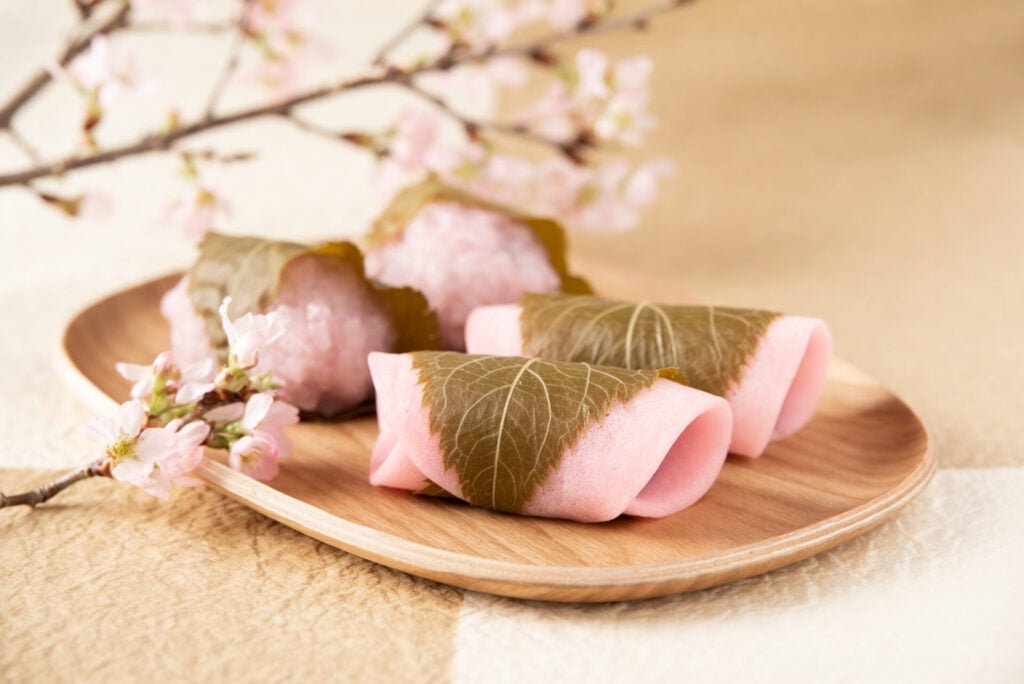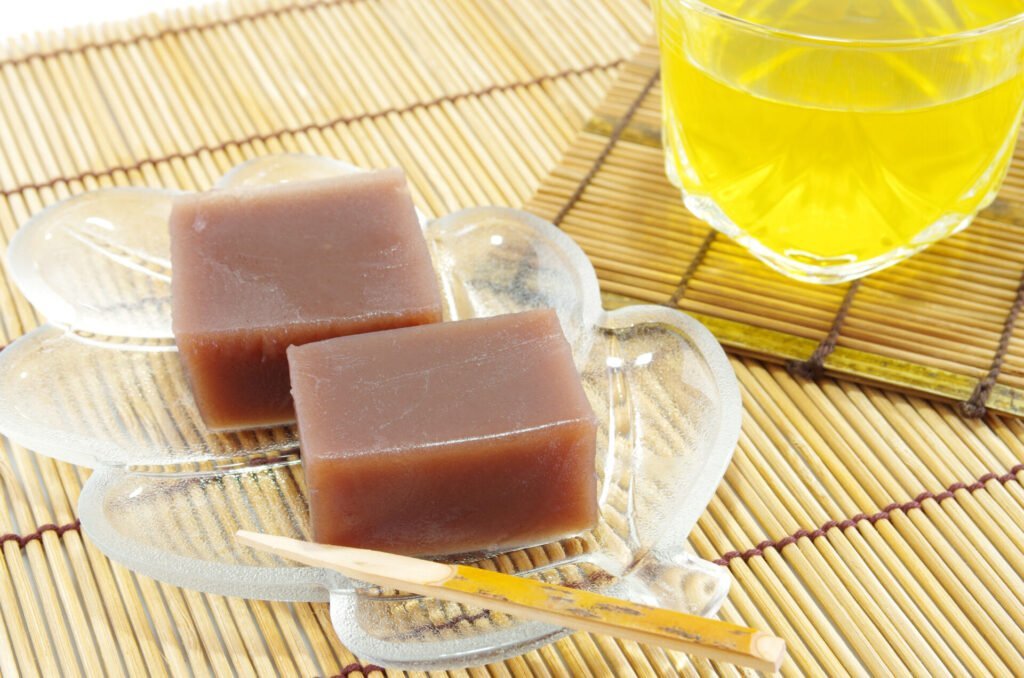Wagashi Through the Seasons: Savoring Traditional Flavors in Japanese Annual Events
The seasons in Japan change alongside a variety of annual events. Each of these events is accompanied by indispensable wagashi. Today, we’ll introduce you to the world of traditional Japanese annual events and the wagashi that complement them. Let’s delve deeper into Japanese culture and tradition through the lens of wagashi.
Japanese Annual Events: Traditions and Culture Through the Seasons
Japanese annual events are closely tied to the changing of the seasons. Major events include New Year’s in January, Setsubun in February, Hinamatsuri (Girl’s Day) in March, Tango no Sekku (Boy’s Day) in May, Tanabata in July, Obon in August, Tsukimi (moon-viewing) in September, and the winter solstice in December.
These events embody various wishes of the people, such as gratitude for nature’s blessings, protection from calamities, and prayers for children’s healthy growth. While they have evolved over time, these traditions remain firmly rooted in the lives of modern Japanese people.
Wagashi and Japanese Annual Events: An Inseparable Relationship
Wagashi are deeply connected to these annual events. Special wagashi are created for each event, with their shape, color, and ingredients expressing the meaning of the event and the sense of the season.
For example, sweets shaped like peach blossoms appear for Hinamatsuri, kashiwa-mochi for Tango no Sekku, and mizu-yokan during Obon. These wagashi are not just delicious; they embody the meaning of the events both visually and gustatorily, serving as “edible culture.”
Wagashi Heralding Spring: Setsubun, Hinamatsuri, and Cherry Blossoms
As spring approaches, the world of wagashi comes to life.
Setsubun, on February 3rd, marks the change of seasons. There’s a tradition of throwing beans while chanting “Oni wa soto, fuku wa uchi” (Demons out, luck in), which symbolizes driving away bad luck and inviting good fortune. On this day, bean-themed wagashi may be made.
Hinamatsuri, on March 3rd, is an event wishing for the healthy growth of girls. On this day, “hina-arare” and peach-shaped sweets take center stage. Peach blossoms are believed to ward off evil and bring health and longevity.
As the symbol of spring, cherry blossoms, come into bloom, “sakura-mochi” appears. Wrapped in salted cherry leaves, sakura-mochi evokes the arrival of spring through its scent and taste.

Early Summer Traditions: Tango no Sekku and Tanabata
Tango no Sekku, on May 5th, was originally an event wishing for the healthy growth of boys. “kashiwa-mochi” and “chimaki” are essential on this day. kashiwa-mochi, wrapped in oak leaves that don’t fall until new leaves grow, symbolizes family prosperity.
Tanabata, on July 7th, is based on the legend of Orihime and Hikoboshi. There’s a custom of writing wishes on strips of paper and hanging them on bamboo. During this time, star-shaped or paper-strip-shaped wagashi may appear.

Cooling Sweets for Midsummer: Obon
Obon is an important event for welcoming the spirits of ancestors. While the dates vary by region, it’s often held around August 13-15. During this time, cool wagashi like “mizu-yokan” and “kuzukiri” are popular. These help alleviate the summer heat.

Tasting Autumn’s Bounty: Tsukimi and Autumn Festivals
The winter solstice, around December 22nd, is the day with the shortest daylight hours of the year. While there’s a custom of eating pumpkin on this day, “azuki-gayu” (red bean porridge) is sometimes eaten.
As the year-end and New Year approach, many auspicious wagashi appear. “kagami-mochi” is a representative New Year’s decoration and is also used as an offering to the gods.
Conclusion: Wagashi Connecting Japanese Hearts and Culture
As we’ve seen, wagashi are closely tied to Japanese annual events, expressing the sense of the seasons, culture, and people’s wishes. Tasting wagashi is not just about enjoying delicious sweets; it’s about experiencing Japanese culture, traditions, and the thoughts of our ancestors.
The next time you taste wagashi, try to imagine the changing seasons and cultural meanings embodied within. Surely, you’ll find the flavor of wagashi even deeper and richer.
